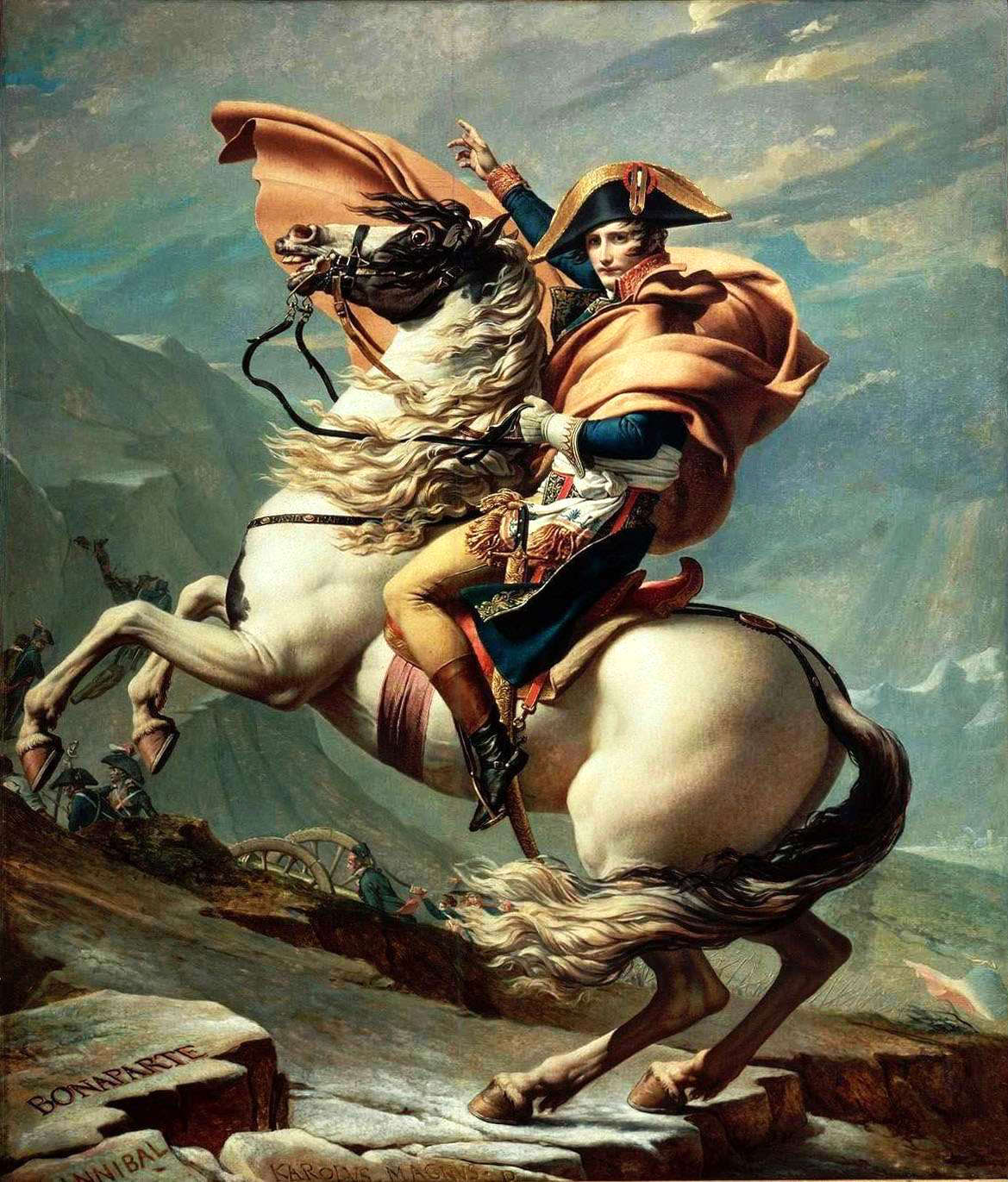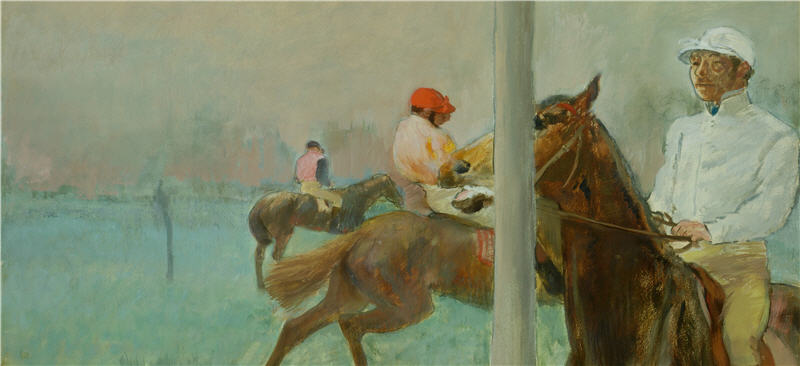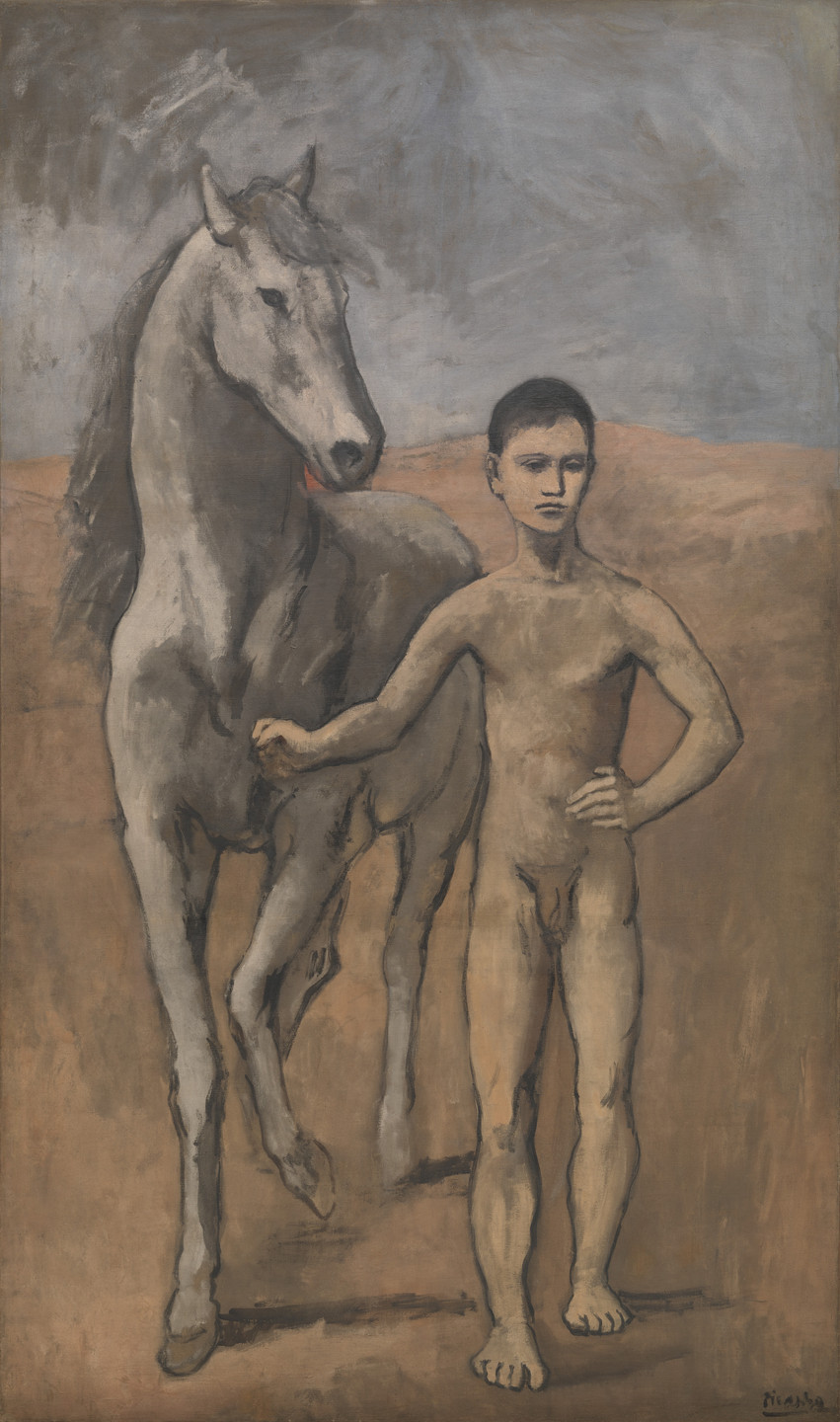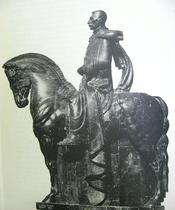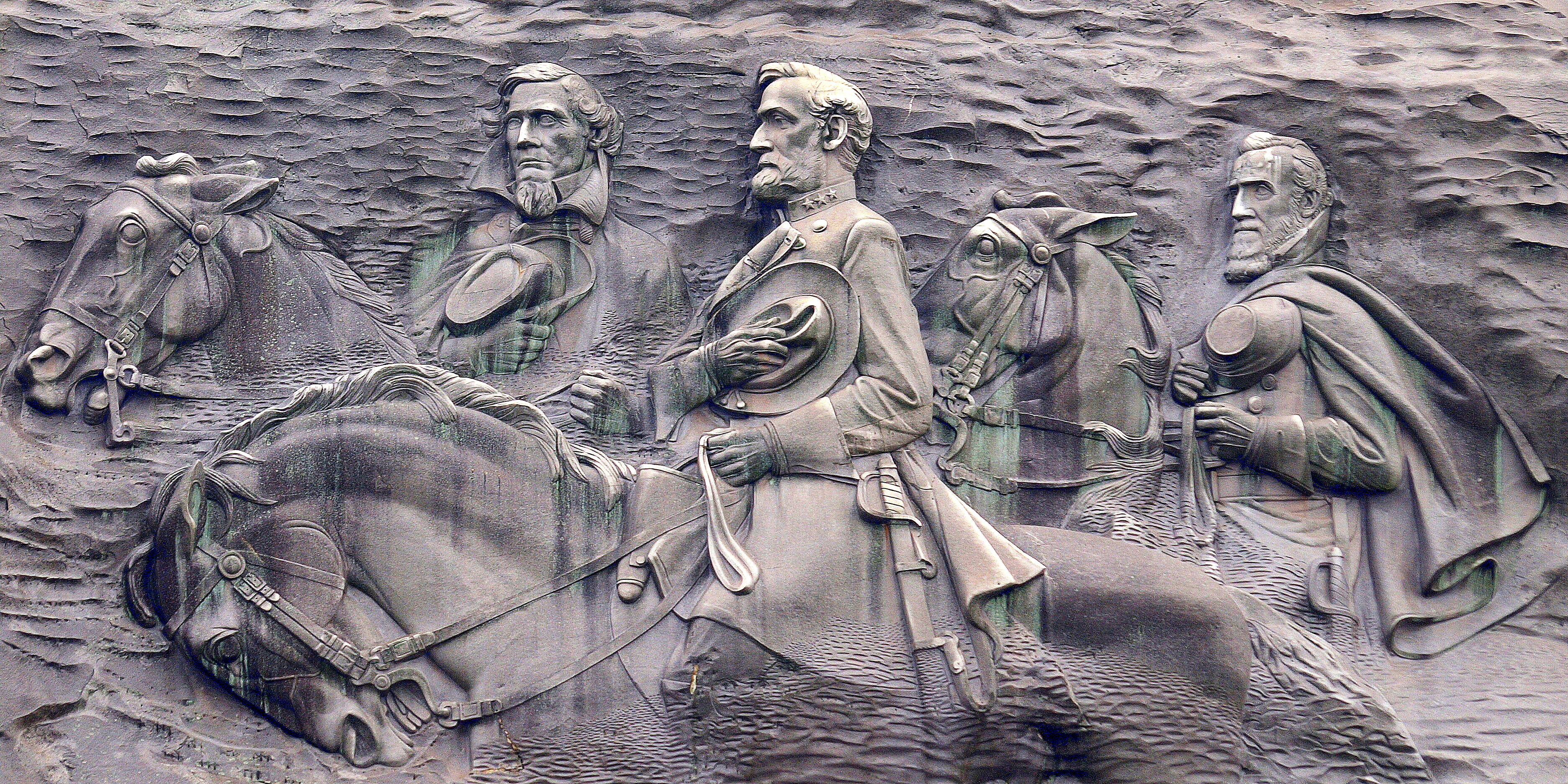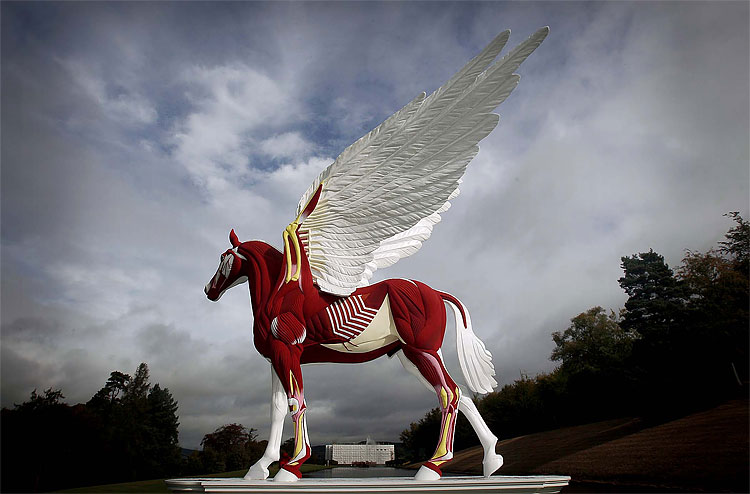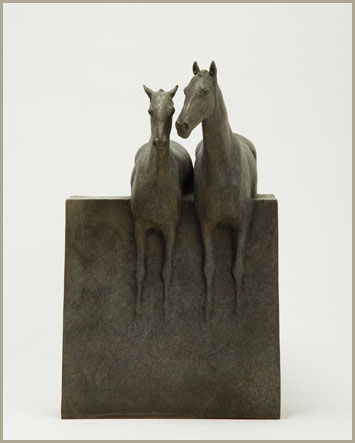What I find meaningful in connection with the Horsepower project is a thought of Lev Manovich (McLuhan), describing emulation of the new forms from old ones. Within the Horsepower project, I wonder, why to make something scientifically possible to achieve, if there are other more practical ways to gain power feed then from almost fatless rotten horse meat. This artistic base is opening all sorts of questions about life, different meaning of value shifting, different perception of contemporary time - with arts and technologies included.
From exhibition Wheel 5200 years at Mestni muzej, Ljubljana
 Lev Manovich in his Softbook writes: "Therefore while we can say that today we live in a “photographic culture,” we also need to start reading the word “photographic” in a new way. “Photographic” today is really photo-GRAPHIC, the photo providing only an initial layer for the overall graphical mix. (In the area of moving images, the term “motion graphics” captures perfectly the same development: the subordination of live action cinematography to the graphic code.)
Lev Manovich in his Softbook writes: "Therefore while we can say that today we live in a “photographic culture,” we also need to start reading the word “photographic” in a new way. “Photographic” today is really photo-GRAPHIC, the photo providing only an initial layer for the overall graphical mix. (In the area of moving images, the term “motion graphics” captures perfectly the same development: the subordination of live action cinematography to the graphic code.)One way in which change happens in nature, society and culture are inside out. The internal structure changes first and this change affects the visible skin only later. For instance, according to Marxist theory of historical development, infrastructure (i.e., mode of production in a given society – also called “base”) changes well before superstructure (i.e., ideology and culture in this society). To use a different example, think of the history of technology in the twentieth century. Typically, a new type of machine was at first fitted with old, familiar skin: for instance, early twentieth century cars emulated the form of the horse carriage. The popular idea usually ascribed to Marshall McLuhan – that the new media first emulates old media – is another example of this type of change. In this case, a new mode of media production, so to speak, is first used to support old structure of media organization, before the new structure emerges. For instance, the first typeset book was designed to emulate hand-written books; cinema first emulated theatre; and so on."
Stroji: velika ilustrirana enciklopedija; Mladinska knjiga ljubljana 1982 (pages at the bottom of the photos)
A few years ago I was designing characters for robots (Trash robots) and I remember that I was intrigued with the old perception of a robot, coming from the drawings of automata or early sci-fi films, where a robot was like tin can resembling human figure and robust movement. With a progress of film media character or conceptual design and robot movement in sci - films evolved as well. Even robots used in industry evolved.
Worldwide known company Boston Dynamics, launched from the Massachusetts Institute of Technology in 1992 and bought by Google in 2003 - works in the field of an engineering and robotics design. Interesting research goes on in the different types of movements from quadruped to biped, multi ped and other.
Some similarities to a horse robot (actually called dog or cat) are in two videos below.
(Looking on YT directly: subscribe button for BD or visit www.BostonDynamics.com.
In the time of writing this post, BD has made big progress with biped robot Atlas.)
Spot is a four-legged robot designed for indoor and outdoor operation. It is electrically powered and hydraulically actuated. Spot has a sensor head that helps it navigate and negotiate rough terrain. Spot weighs about 160 lbs. (2015)
If we get a bit off the road with Galvani frog experiment and Beuys's hare creating of realities within life, the question of living and nonliving, as I think now, is based on classical, modernist and postmodernist notions.
Classical:
- who, what, when, where creates life aka what is life
- constant reanimation aka circle of life: birth - life - death
- the idea of the creation
Modernist:
- relations between body: body as flesh and body as meat
- engineered movement in space powered by a material of a body
- the uncanny (das unheimlich) and the reference point/points
Postmodern:
- what is an interaction of installation and how does affect a viewer
- what is a viewer's perception of the identity of installation
- human is not the centre of Universe aka non-anthropocentric plurality
- the intersection of art and science / technology
- DIY & DIWO
The general idea of the project Horse power (or my work) is based mostly on the idea of value shifting between ethical value and price value. Frankly, this can be everything everyone imagines. Although today seems that both are the same, in the term of non-anthropocentric evaluation difference is based on the humanist discourse of one white man vs the posthumanist value and equality of all living. Simply stating that if chicken on a farm has a price so the human does. When chicken (cyborg, robot etc.) has a value as every living concept in Universe so does our life as human have a value.
Interesting site:
http://www.theposthuman.org/
Some of the readings:
Genetics: Science, Ethics, and Public Policy
Cary Wolfe: What Is Posthumanism?
Francis Fukuyama: Our Posthuman Future: Consequences of the Biotechnology Revolution
Gregory Stock; John H Campbell: Engineering the human germline : an exploration of the science and ethics of altering the genes we pass to our children
Hans Moravec: Mind Children: The Future of Robot and Human Intelligence
Donna J. Haraway: Simians, Cyborgs, and Women: The Reinvention of Nature
Donna J. Haraway: When Species Meet
Articles:
Andy Miah: Posthumanism: A Critical History
When We Have Never Been Human, What Is to Be Done? Interview with Donna Haraway
Peter S. Williams: Mere Humanity
Kinetics of movement and some more robots:
Worldwide known company Boston Dynamics, launched from the Massachusetts Institute of Technology in 1992 and bought by Google in 2003 - works in the field of an engineering and robotics design. Interesting research goes on in the different types of movements from quadruped to biped, multi ped and other.
Some similarities to a horse robot (actually called dog or cat) are in two videos below.
(Looking on YT directly: subscribe button for BD or visit www.BostonDynamics.com.
In the time of writing this post, BD has made big progress with biped robot Atlas.)
The Legged Squad Support System (LS3) is a rough-terrain robot developed by Boston Dynamics designed to carry 400 lbs of payload and travel 20 miles without refueling. LS3 has sensors that let it follow a human leader while avoiding obstacles in the terrain. (2012)
Classical:
- who, what, when, where creates life aka what is life
- constant reanimation aka circle of life: birth - life - death
- the idea of the creation
Modernist:
- relations between body: body as flesh and body as meat
- engineered movement in space powered by a material of a body
- the uncanny (das unheimlich) and the reference point/points
Postmodern:
- what is an interaction of installation and how does affect a viewer
- what is a viewer's perception of the identity of installation
- human is not the centre of Universe aka non-anthropocentric plurality
- the intersection of art and science / technology
- DIY & DIWO
The general idea of the project Horse power (or my work) is based mostly on the idea of value shifting between ethical value and price value. Frankly, this can be everything everyone imagines. Although today seems that both are the same, in the term of non-anthropocentric evaluation difference is based on the humanist discourse of one white man vs the posthumanist value and equality of all living. Simply stating that if chicken on a farm has a price so the human does. When chicken (cyborg, robot etc.) has a value as every living concept in Universe so does our life as human have a value.
Interesting site:
http://www.theposthuman.org/
Some of the readings:
Genetics: Science, Ethics, and Public Policy
Cary Wolfe: What Is Posthumanism?
Francis Fukuyama: Our Posthuman Future: Consequences of the Biotechnology Revolution
Gregory Stock; John H Campbell: Engineering the human germline : an exploration of the science and ethics of altering the genes we pass to our children
Hans Moravec: Mind Children: The Future of Robot and Human Intelligence
Donna J. Haraway: Simians, Cyborgs, and Women: The Reinvention of Nature
Donna J. Haraway: When Species Meet
Articles:
Andy Miah: Posthumanism: A Critical History
When We Have Never Been Human, What Is to Be Done? Interview with Donna Haraway
Peter S. Williams: Mere Humanity
Kinetics of movement and some more robots:






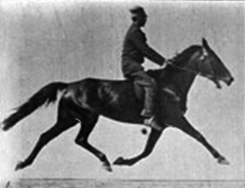

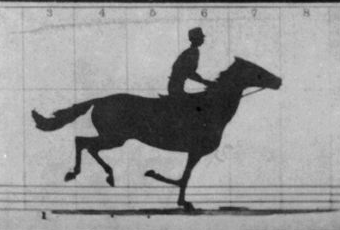







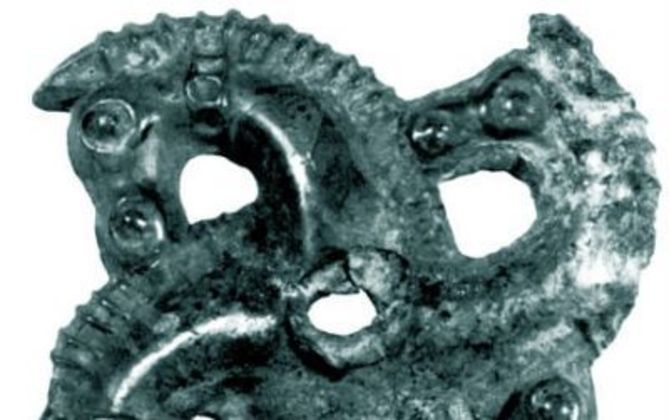










.jpg)

